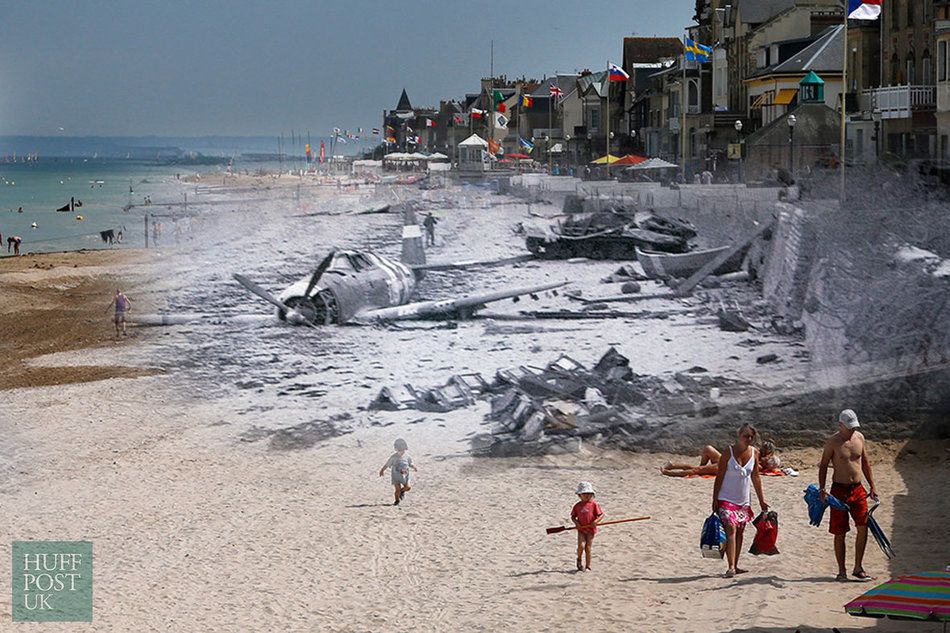On this day 74 years ago the Allied invasion of Europe that would eventually bring about the end of World War 2 and the defeat of Nazism began on the beaches of Normandy in France.
Today those same stretches of sand are home to sunbathers and tourists and apart from the odd bunker, little evidence remains of the 156,000 soldiers who took part in Operation Overlord, the largest seaborne operation in history.
Prime Minister Winston Churchill described it as: “Undoubtedly the most complicated and difficult that has ever taken place.”
Some 10,000 Allied men were killed or wounded on the first day.
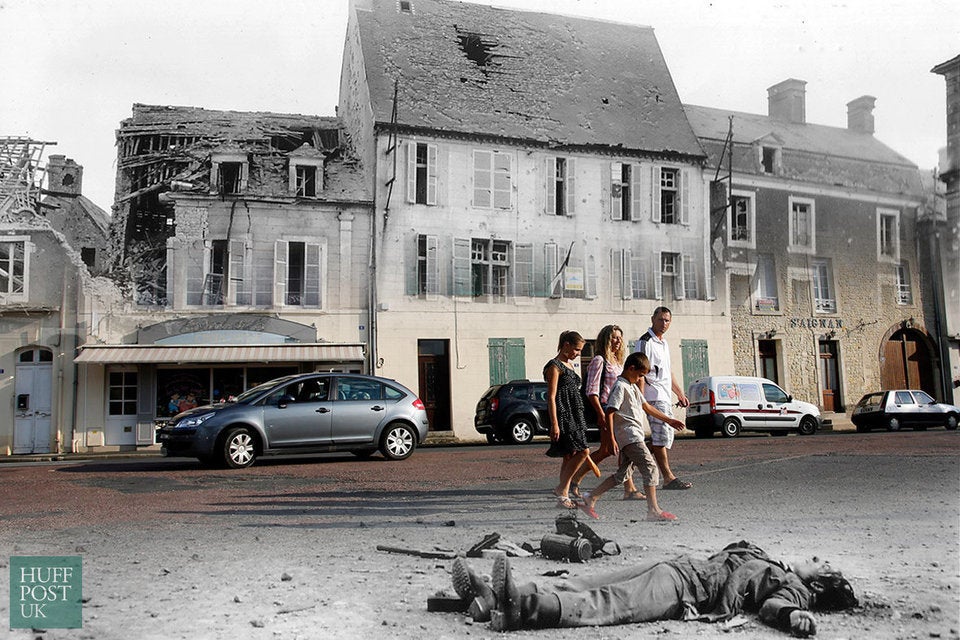
It marked the beginning of an 80-day campaign to liberate Normandy which involved three million troops and cost the lives of 250,000 people.
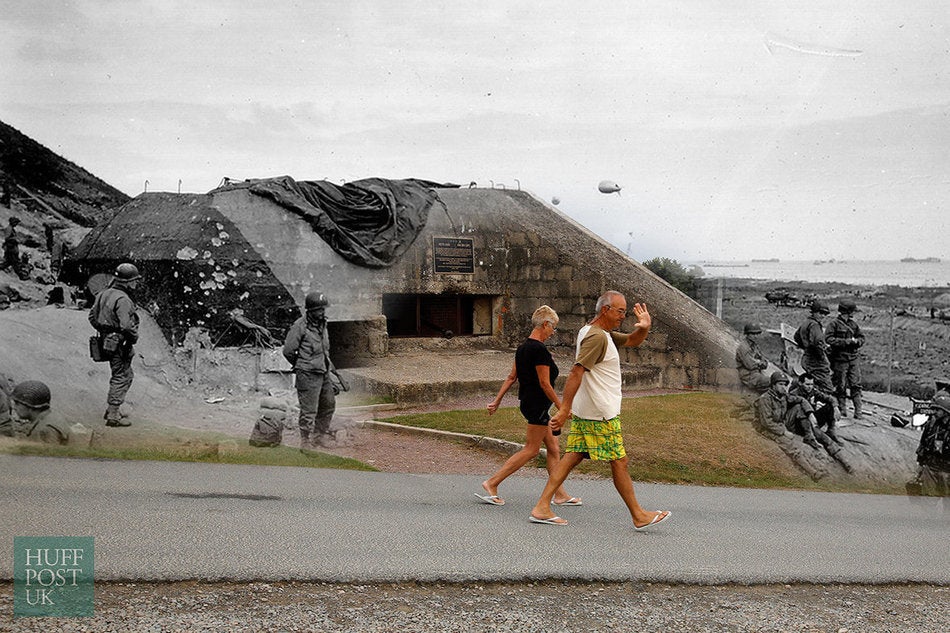
The original invasion was scheduled for 5 June but adverse weather meant it was postponed by 24 hours. Any further delays could have caused the entire operation to be cancelled as seasonal tides were crucial to the plan.
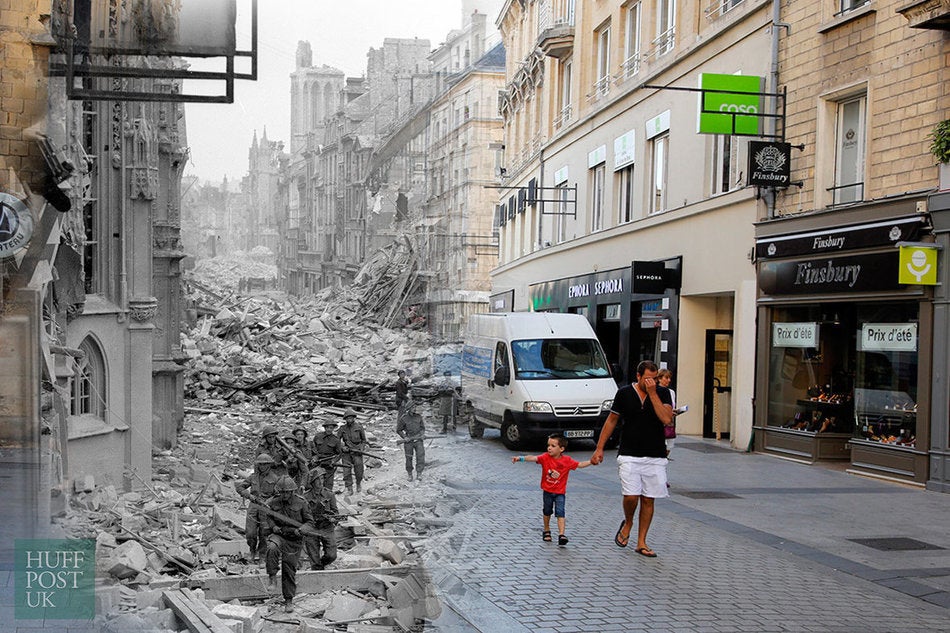
Of the troops that took part in the initial invasion, 61,715 were British, 73,000 American and 21,400 Canadian.
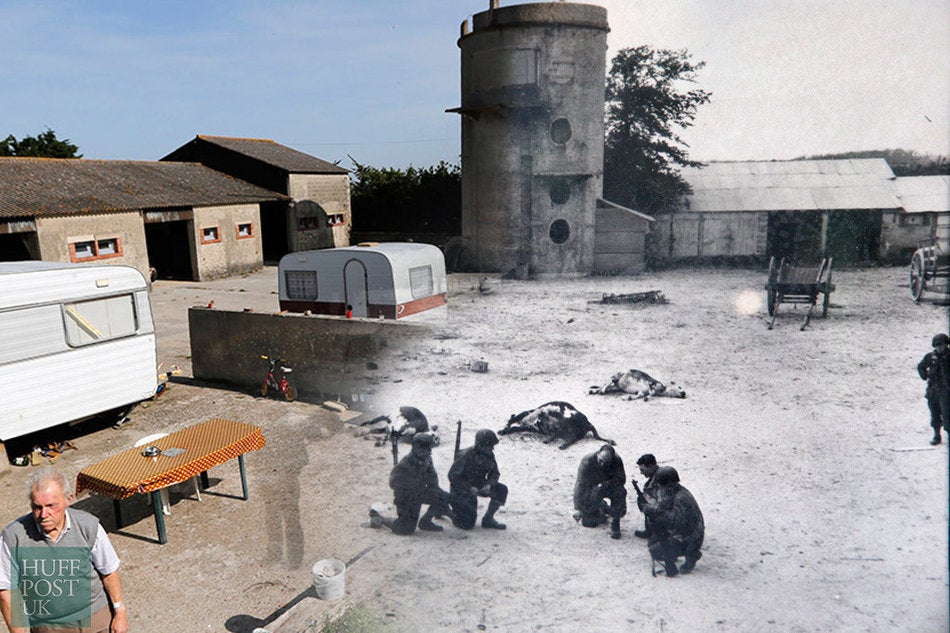
The first stage of the invasion, Operation Neptune, lasted from 6th to 30th June and involved 6,939 vessels.

The Allies landed on five different beaches codenamed Juno, Gold, Omaha, Utah, and Sword.
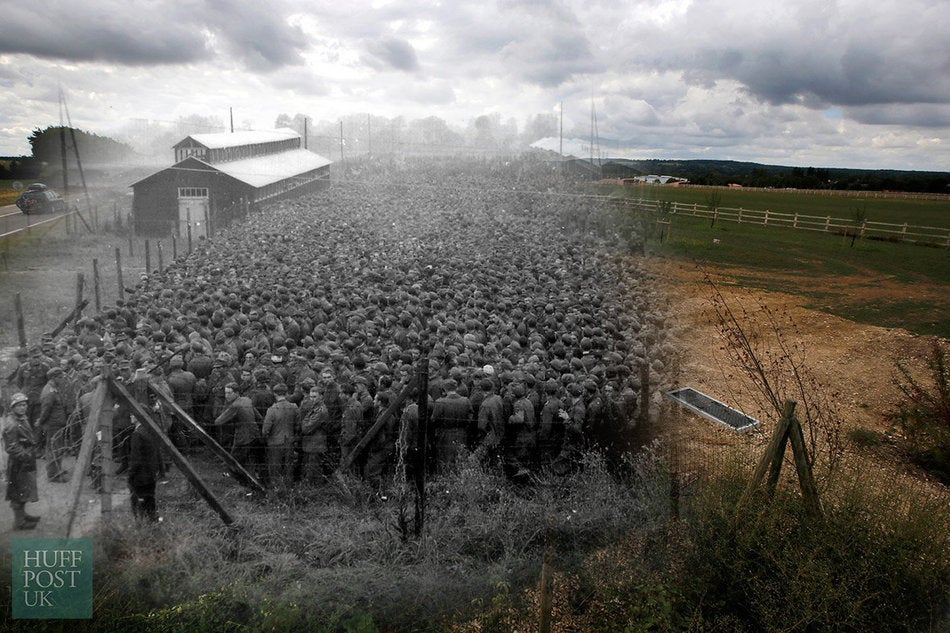
Within five days 326,547 troops and 104,428 tons of equipment had been brought ashore. Entire harbours and pipes to carry fuel were carried across the English Channel.
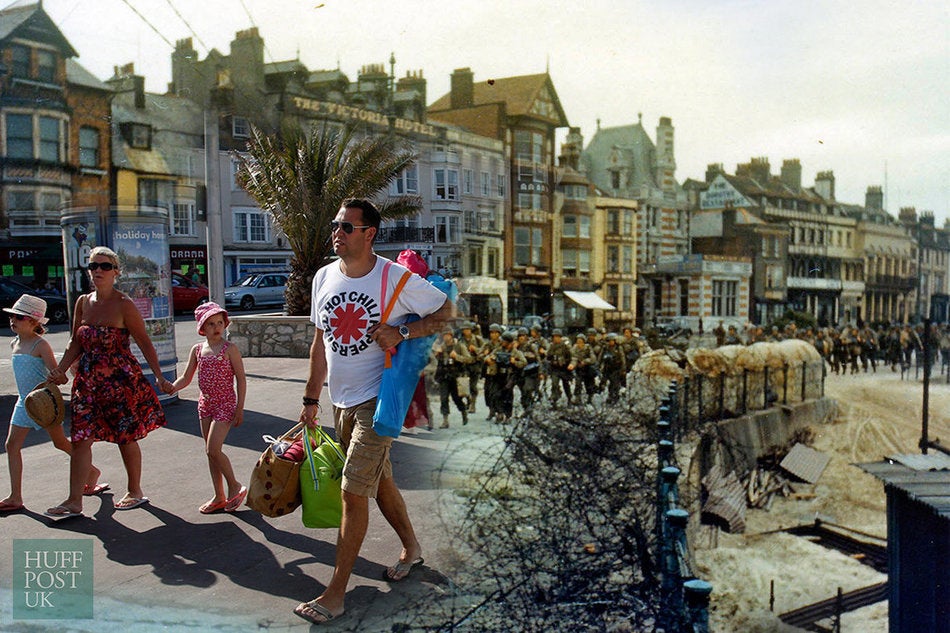
Around 20,000 Allied airborne troopers were also sent to France to capture key strategic objectives such as bridges and roads.
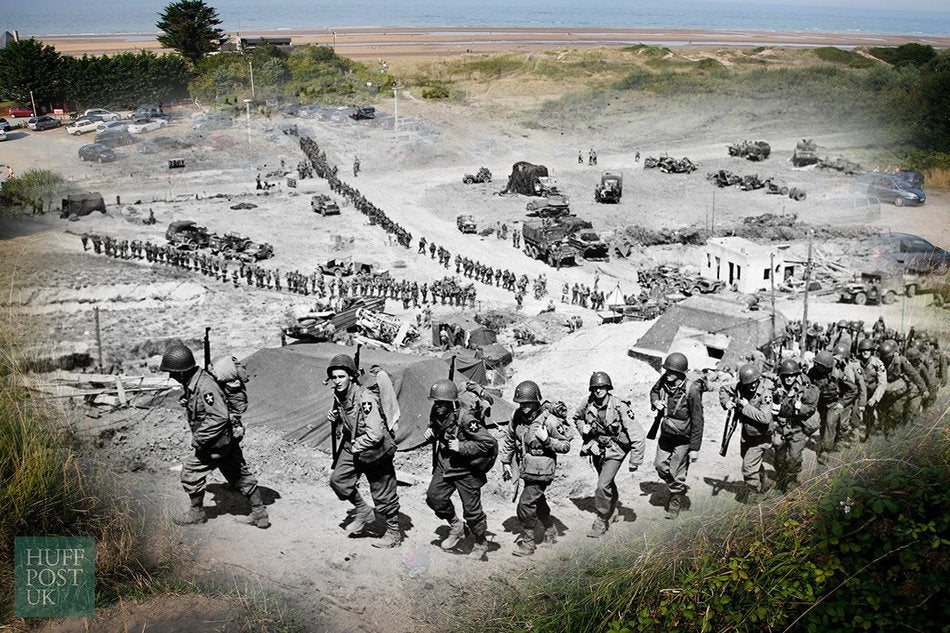
A massive deception campaign was launched in the months leading up to D-Day to deceive the Germans into thinking the invasion would take place around the Pas de Calais.
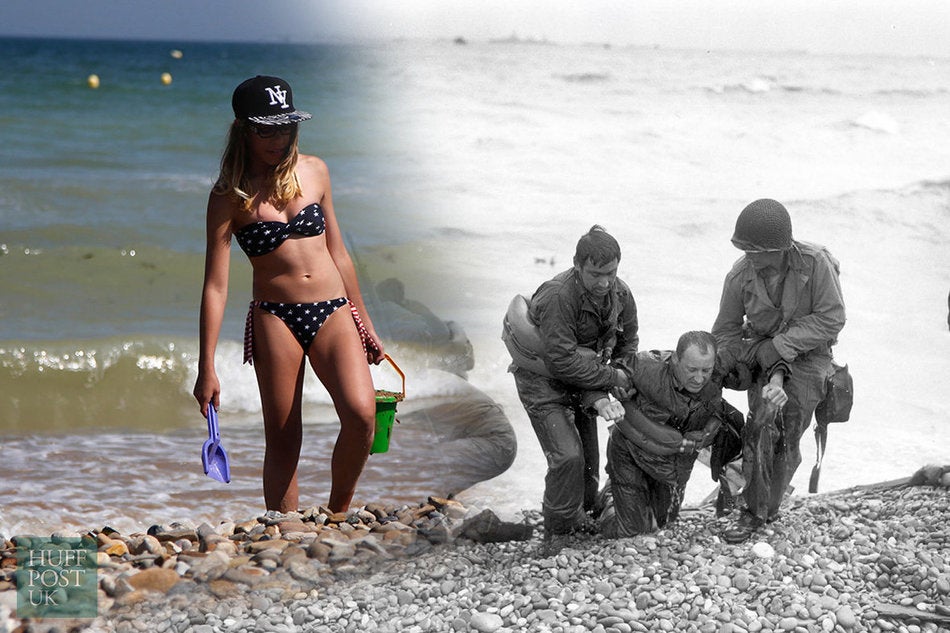
Around 15,000 French civilians were also killed during the Normandy campaign, both from Allied bombing and combat between Allied and German ground forces.

